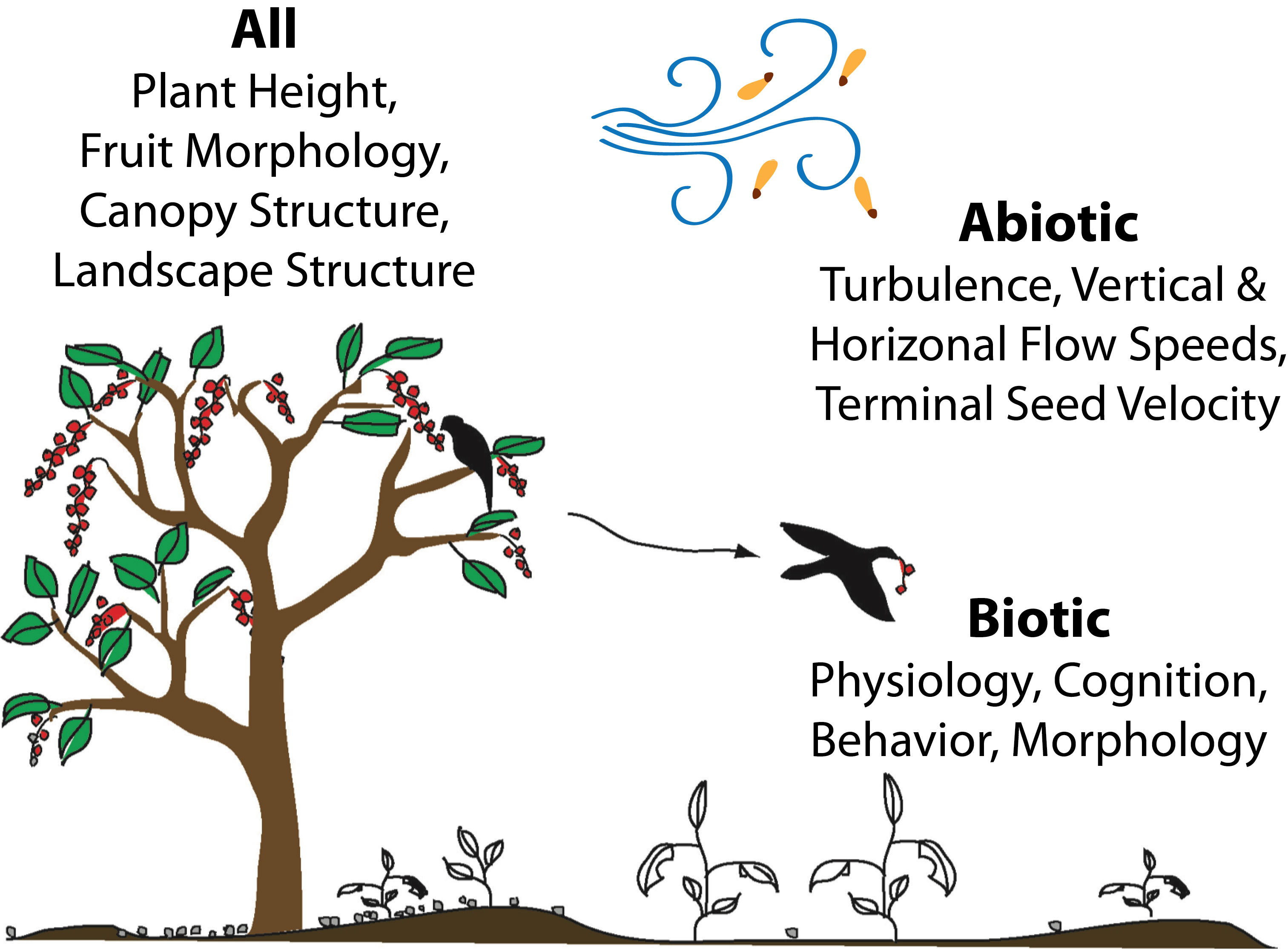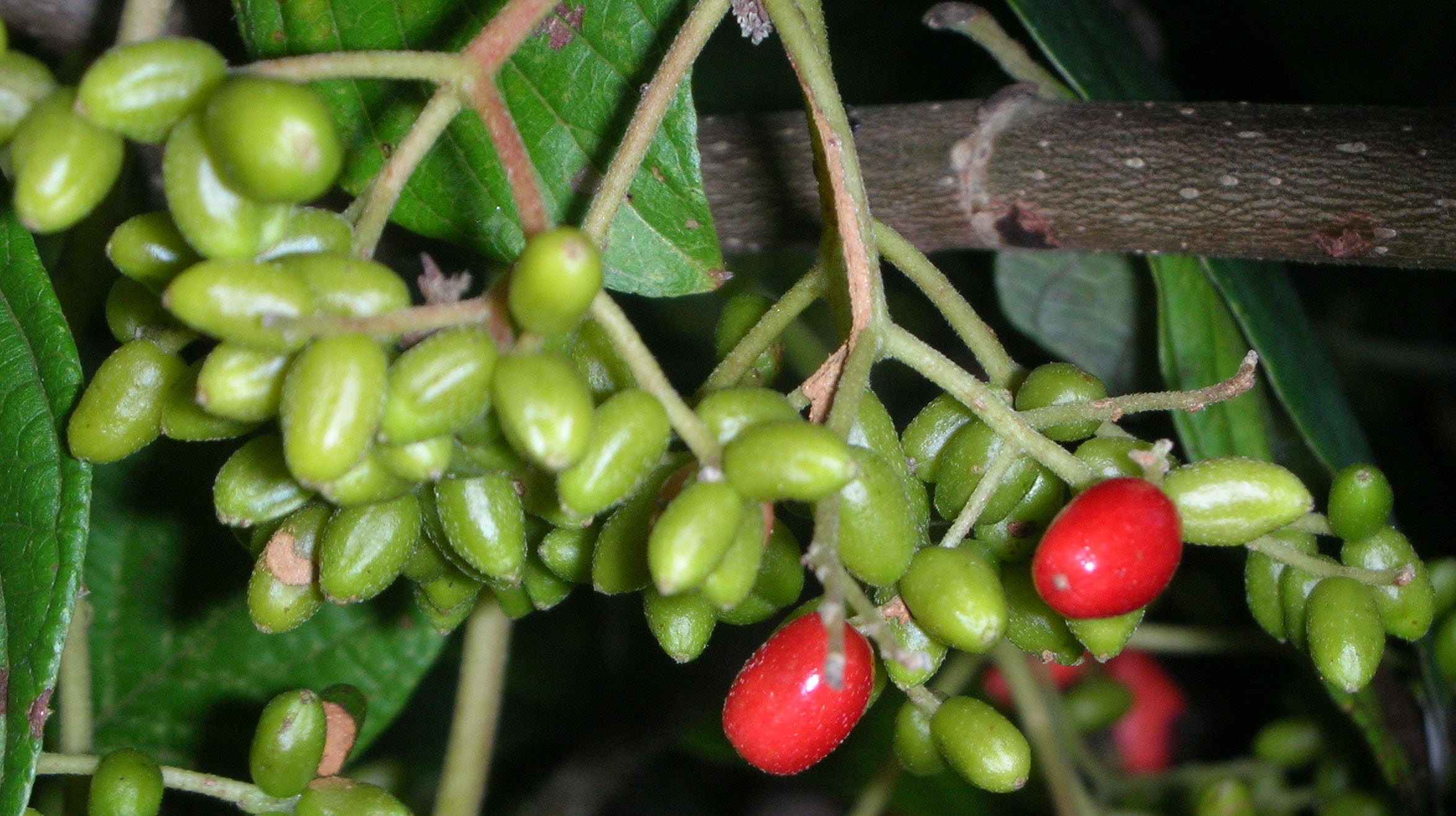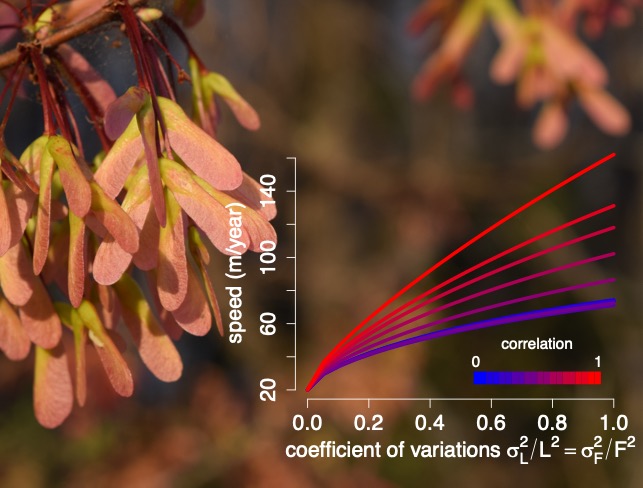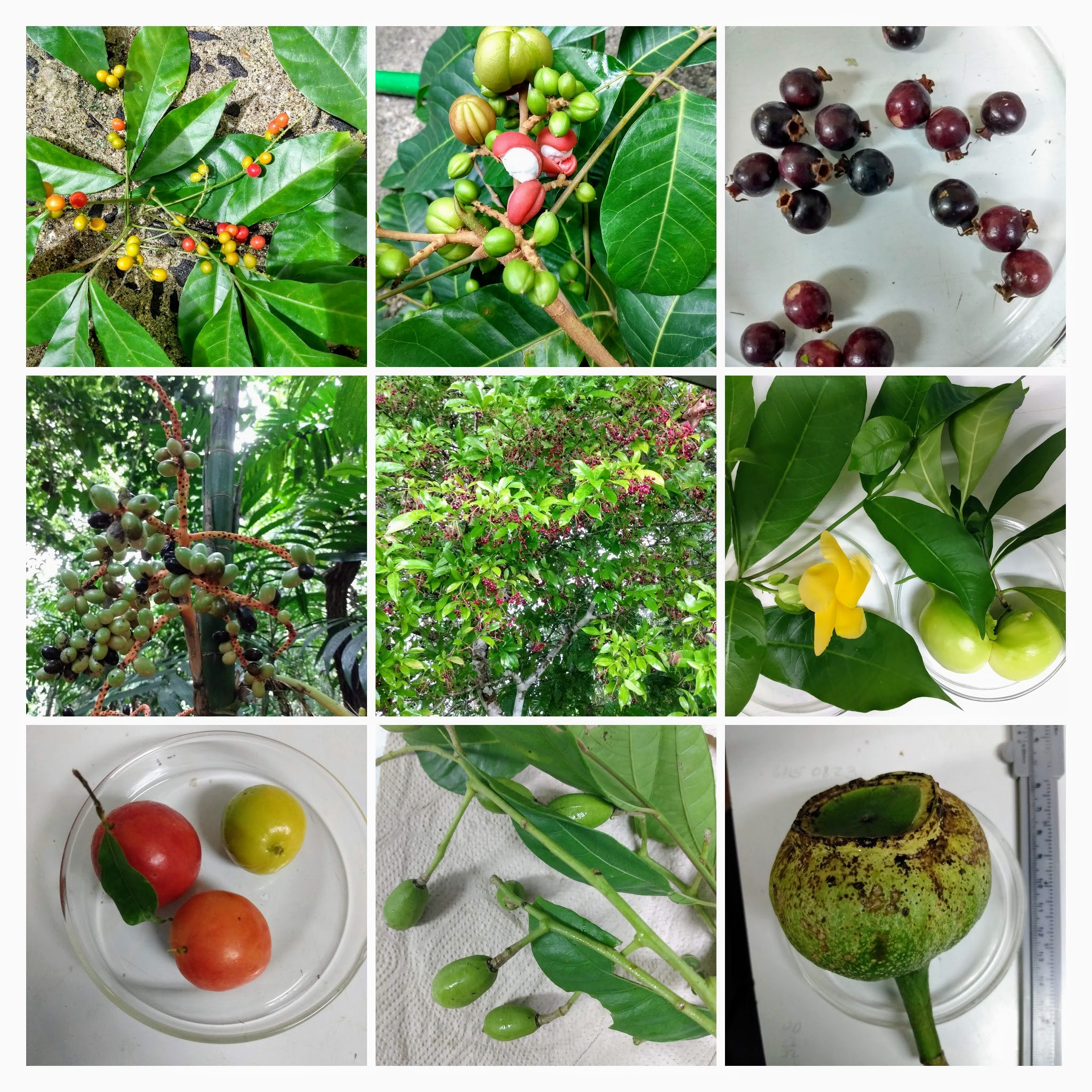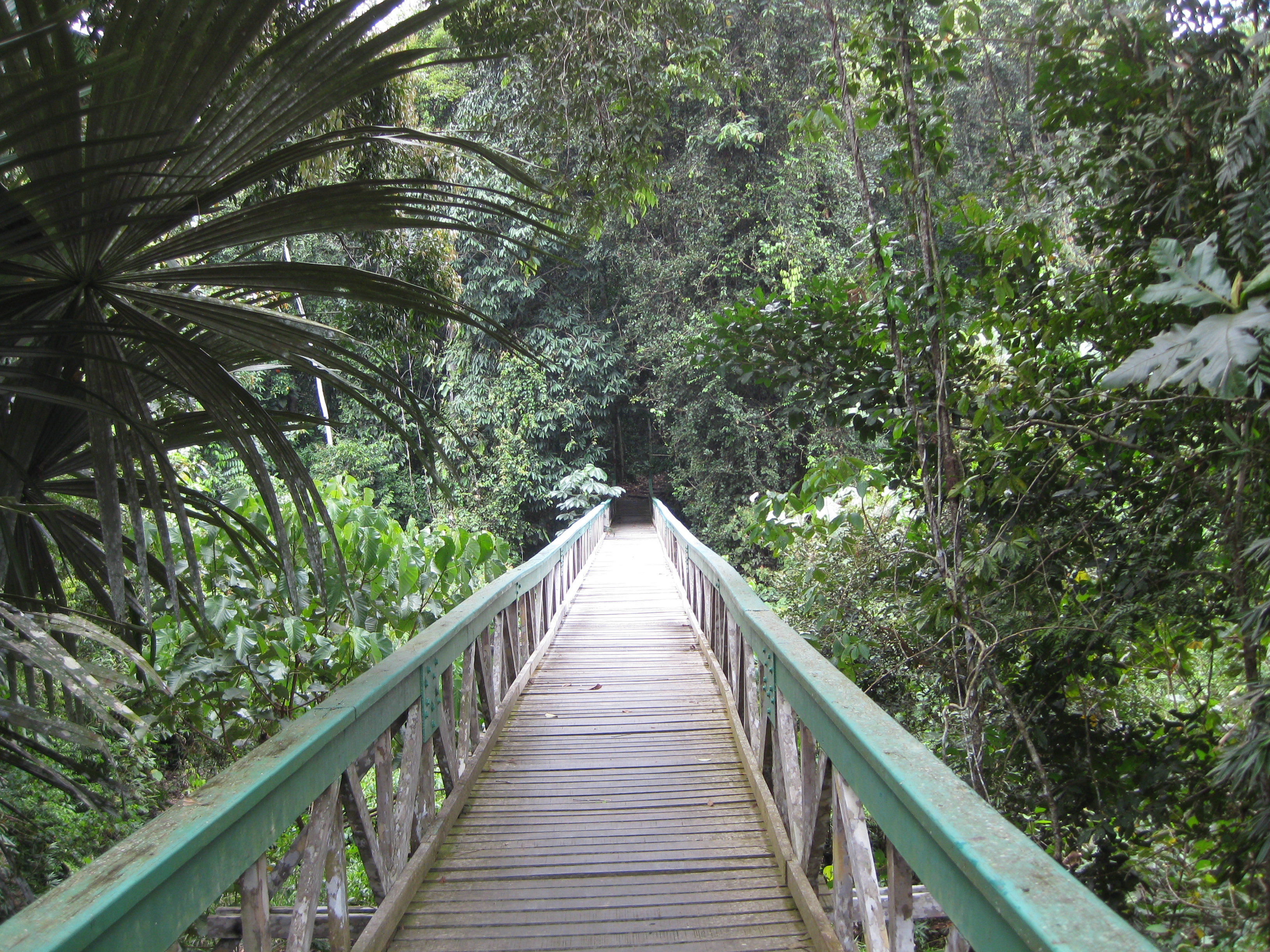Plant Performance within the Seedscape
What mediates variation in plant growth and survival?
We investigate how variation in plant performance within and among species is explained by different groups of natural enemies–consumers that reduce plant growth and survival (Mollov et al. 2007; Beckman & Muller-Landau 2011; Beckman et al. 2014; Tiansawat et al. 2017), variation in plant functional traits (Beckman & Muller-Landau 2011; Beckman 2013, Zambrano et al 2020), and shared evolutionary history among plants (Beckman et al. 2014).

Quantifying the absolute and relative influences of vertebrates, invertebrates, and pathogens on plant survival will yield a better understanding of how plant diversity is maintained, as their effects are predicted to differ. Few manipulative studies have done so, especially at the stage of seed production prior to dispersal. During this stage, we have conducted natural enemy removal experiments (i.e. vertebrate exclosures, insecticide, and fungicide) for tropical trees and vines in Central Panama using a canopy crane to access the canopy (Beckman & Muller-Landau 2011; Tiansawat et al. 2017) and for prairie perennials within a temperate grassland biodiversity experiment in Minnesota (Beckman et al. 2014). In these experiments, we found that no one group of natural enemies predominated; instead plant performance in response to each group was species-specific and shifted throughout seed production, seed germination, and seedling establishment.
In Central Panama, morphology partly explained variation among species in seed survival due natural enemies: for those species with larger fruit and less physical protection of seeds, fungi significantly decreased seed survival (Beckman & Muller-Landau 2011). Along with morphology, fruit toxicity explained variation in seed survival, in which I determined toxicity from bioassays using crude chemical extracts of immature fruit (Beckman 2013). We also tested the prediction that evolutionary relatedness of nearby hosts increases the probability of mortality due to shared natural enemies in a temperate grassland. Although measures of plant performance did vary with phylogenetic diversity, we found limited support for the prediction that phylogenetic diversity mediated the effects of natural enemies (Beckman et al. 2014).
